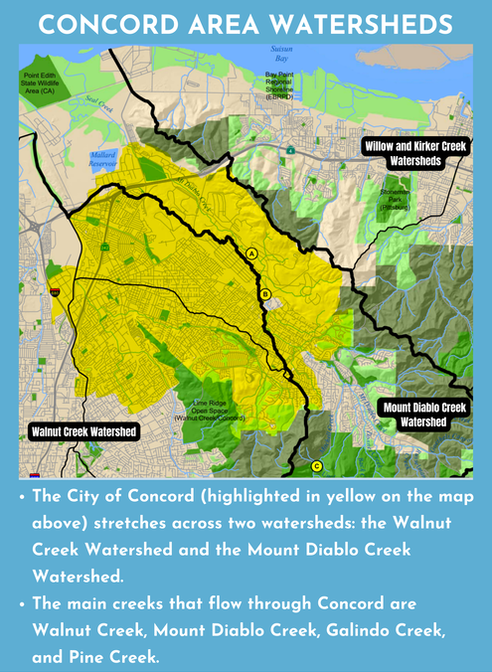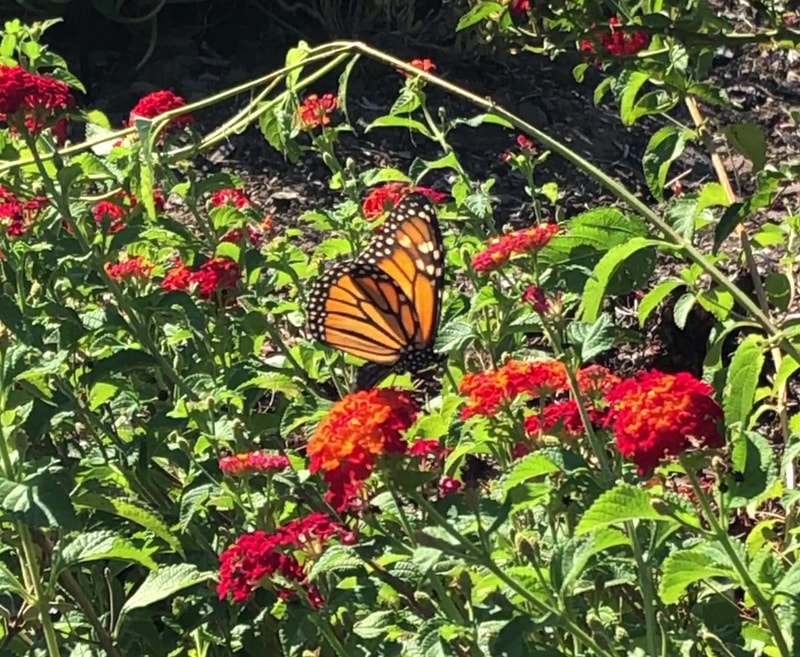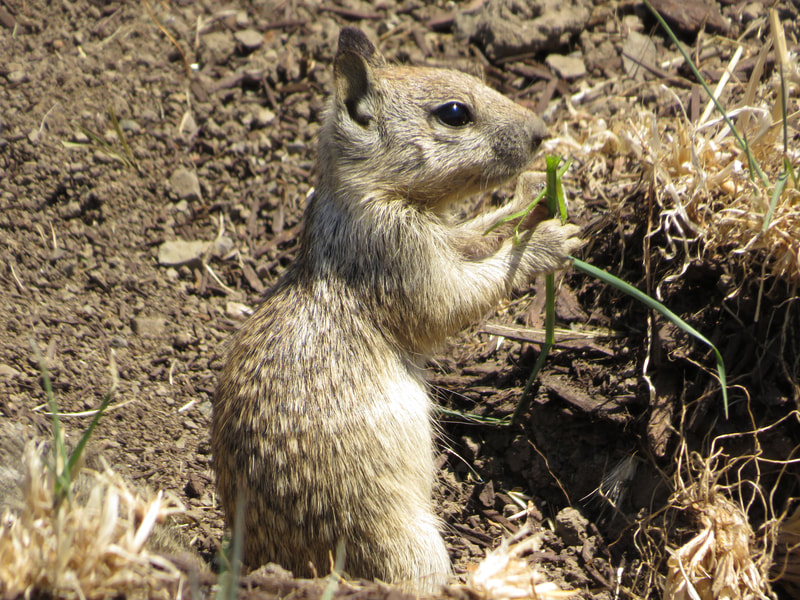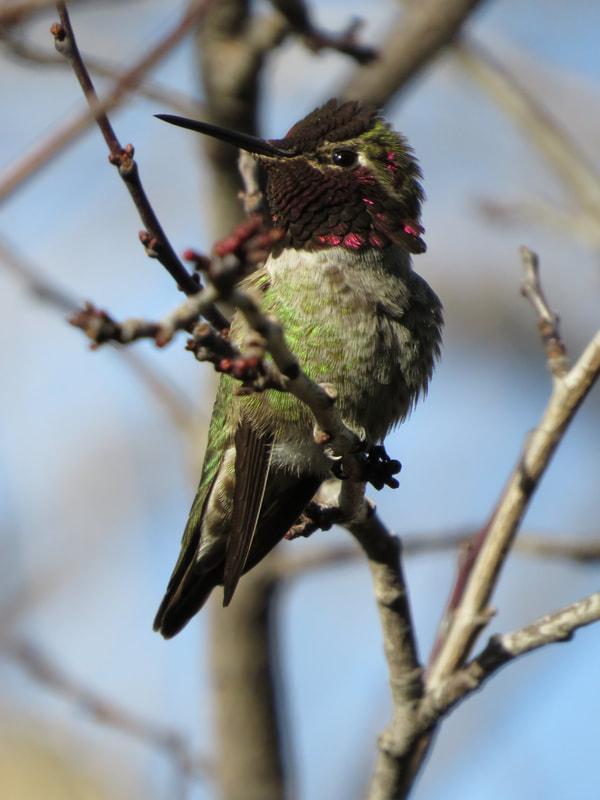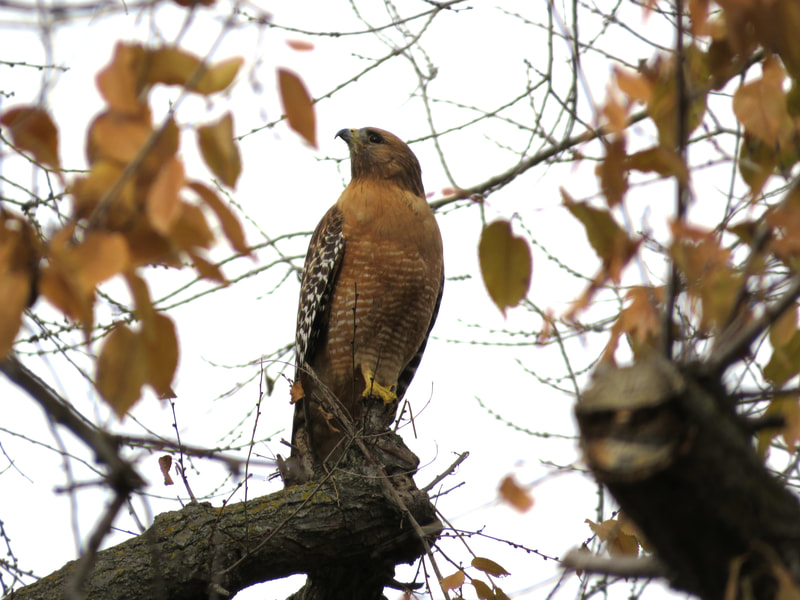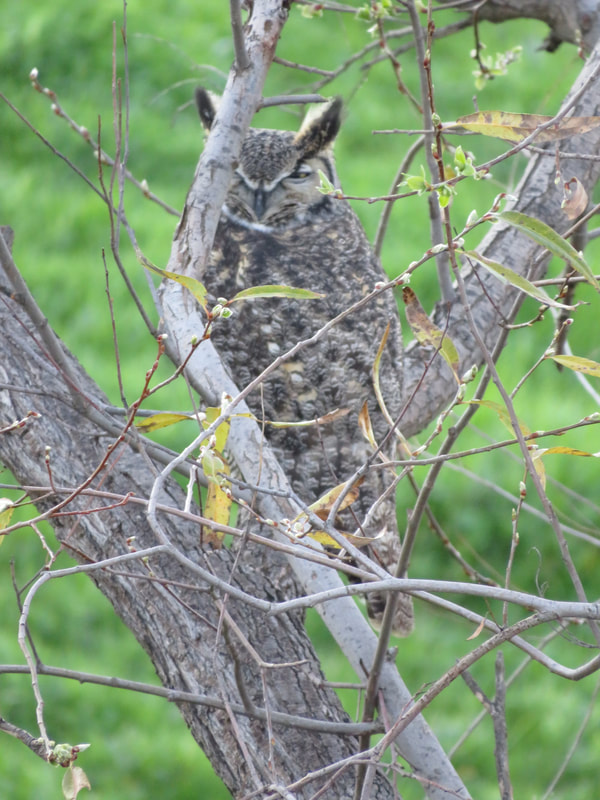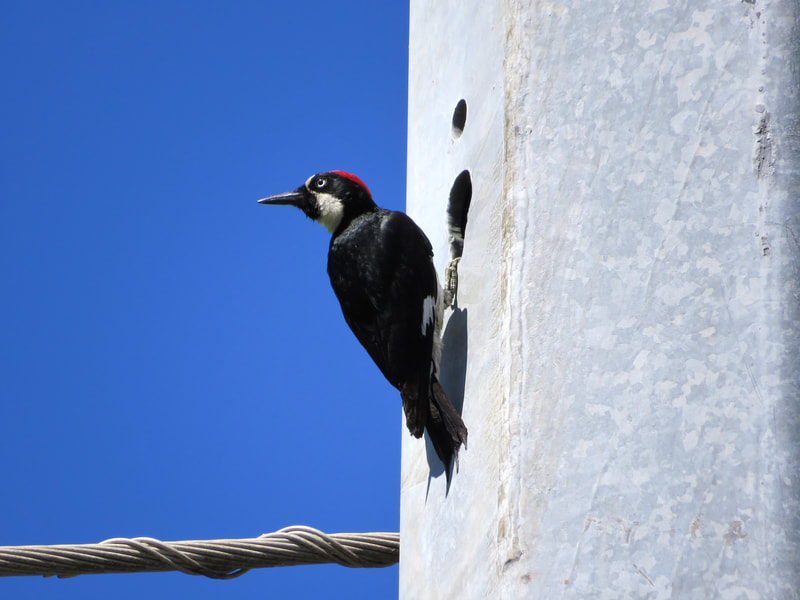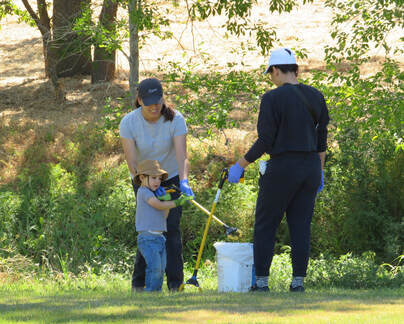
Friends of Concord Creeks (FCC) is an all-volunteer group dedicated to stewarding waterways and natural spaces throughout the City of Concord, CA.
We aim to:
And, if you're on Facebook, please check out our FCC group here.
We aim to:
- keep our creeks free of trash,
- monitor the water quality in our creeks, and
- remove invasive species from streambanks and re-plant with native plants.
And, if you're on Facebook, please check out our FCC group here.
|
Which Creeks Flow through Concord?
|
Concord Creeks, as with most urban creeks, provide essential water, food, and shelter for many types of wildlife. Here are some of the species we've encountered in Concord.


